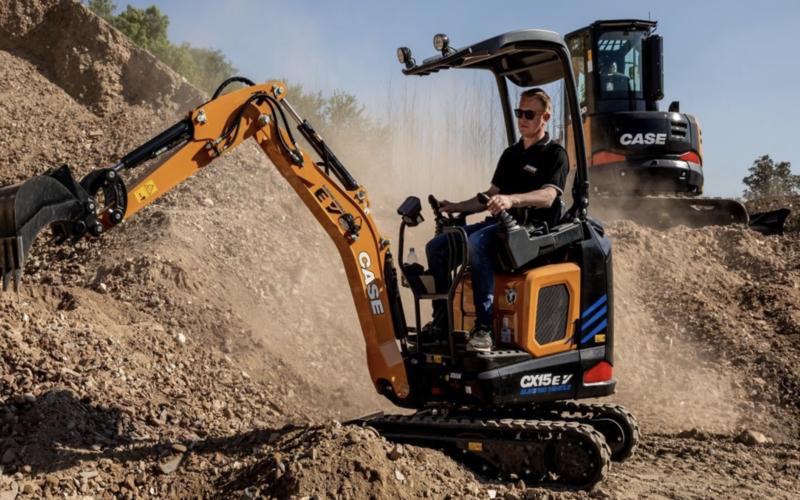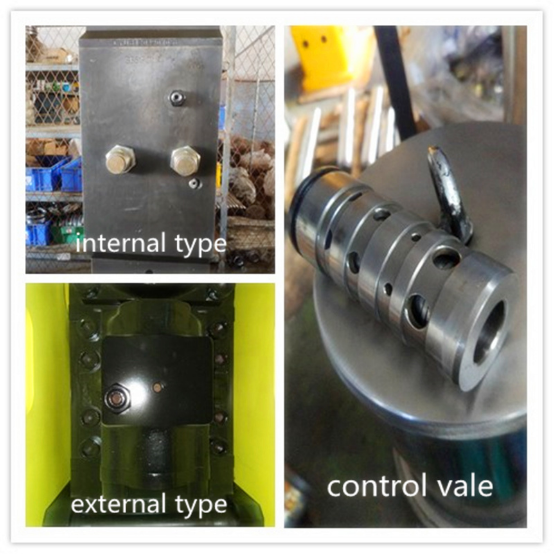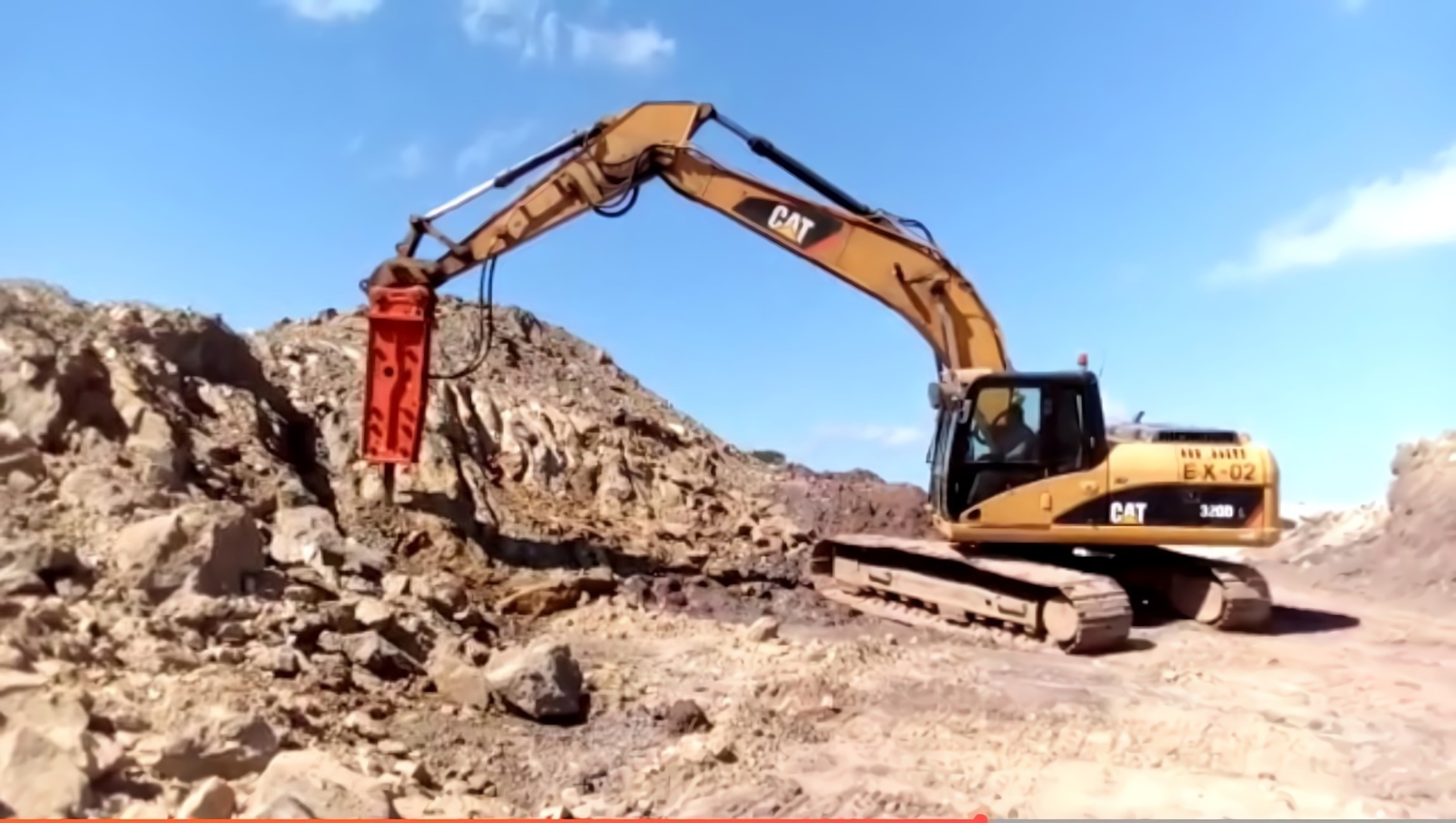Mini excavator weight is one of the essential factors you’ll need to consider if you plan on using one for your project. Although they are powerful enough to do many jobs, there’s no harm in finding the one that suits your needs best.
Thus, here are the most frequently asked questions related to a mini excavator’s weight.
How Much Does A Mini Excavator Weigh?
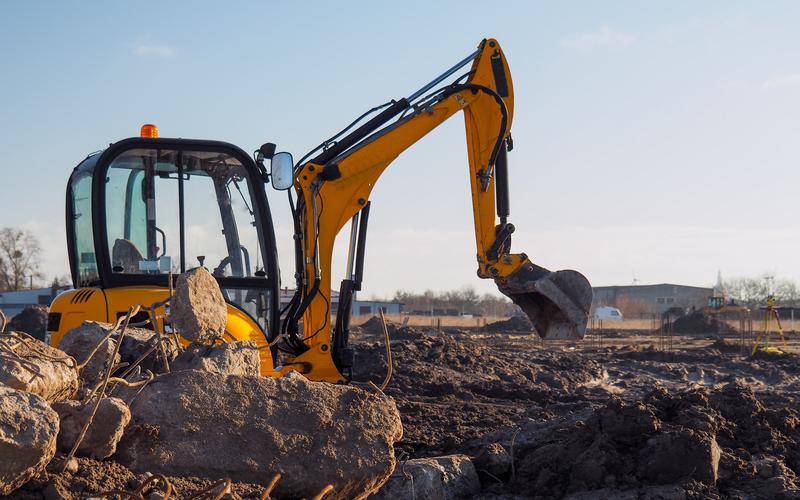
Mini excavator weight
A mini excavator is much smaller than a standard excavator, usually weighing 5,000 to 14,000 pounds. These machines are designed to fit through small spaces while still being powerful enough to perform different intensive tasks.
You might see mini excavators in working sites where there is a need to access narrow areas. They are also light enough not to damage sensitive terrains, landscapes, and grass.
Mini excavators are often used in different applications, including maintenance, utility, demolition, forestry, etc. Despite their smaller size, they can still perform many things and be valuable machines in your upcoming projects. The available attachments also help improve their performance depending on the task you need them with.
Loaded Weight vs. Unloaded Weight
Loaded vs. unloaded weight
When considering the weight of a mini excavator for your projects, you have to consider its loaded weight vs. unloaded weight.
Unloaded weight refers to the total weight of the machine itself before it digs, lifts, and carries any attachments or additional materials. On the other hand, the loaded weight includes the weight of a full bucket and the attachments you plan on using.
Each mini excavator has a loaded weight limit often included in the manual, as determined by its manufacturer. It is essential to consider these things due to the following reasons:
- Too much additional weight makes it harder to control the machine
- The machine operator and other people working in the area may be at risk of danger
- The machine may break or shorten its lifespan
- The mini excavator may tip while in use
Exceeding the dedicated limit of the machine can put everyone at risk, including the workers, the operator, the mini excavator itself, and the whole project.
You should avoid damaging your mini excavator as much as possible, which may lead to delays and extra costs. Always consider the loaded and unloaded weight of the machine during the job to maintain the safety of the equipment, workers, and your project.
What Is The Dig Depth Of A Mini Excavator?
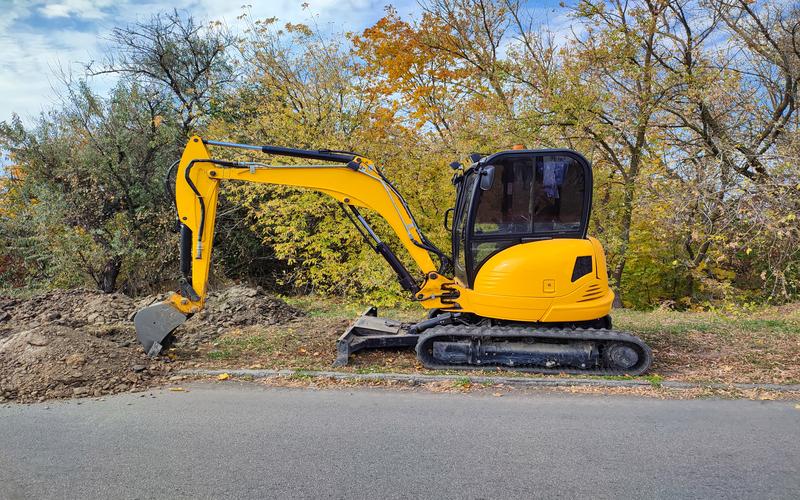
Mini excavator dig depth
The digging depth of a mini excavator is an important detail you should know before getting one. This can affect how the machine performs when digging, backfilling, grading, leveling, trenching, and drilling.
If you use the mini excavator for digging, you might opt for a 3,000 to 3,999 pounds machine with 7.8 feet digging depth. On the other hand, 7,000 to 9,999 pound mini excavators can have a digging depth of 10.2 feet.
To give you an idea, here are the possible applications in which you can use a mini excavator:
Installing pools and hot tubs
Mini excavators work great for installing in-ground hot tubs and shallow pools, even if you have a small backyard to work with. They have excellent maneuverability and powerful components that allow them to handle tasks with great precision.
Repairing sewer lines
Mini excavators make it efficient to move dirt when repairing sewer lines. They also work great for tight spots closer to a specific structure.
After the repair, they are also great for leveling the yard after repairs, primarily when used with a dozer blade.
Tree removal/installation
A mini excavator is a perfect machine for digging holes for tree transplants. It is excellent for removing tree stumps that are often difficult to handle. A grapple attachment will help perform these tasks.
Small structure demolition
A mini excavator can easily handle small structures like sheds, barns, and walls. It is powerful enough to break down tough surfaces and even transport the debris for disposal.
Drilling
Drilling is a common task among construction sites, and this can be done with an auger attachment. Mini excavators can easily do this against tough soil and concrete for installing trees, road signage, and fence posts.
How Much Weight Do Mini Excavator Attachments Add?
One of the many good things about mini excavators is the many attachments that can be used with them, making them more efficient for all sorts of tasks. It expands the machine’s flexibility and helps you do more jobs than usual.
However, it is essential to know that these attachments add significant weight to the mini excavator. For some of the most used mini excavator attachments, these are approximate for their additional weight:
- Hydraulic Thumb– adds 60 to 110 pounds
- Trenching Bucket– adds 145 to 290 pounds
- Hydraulic Breaker– adds 410 to 1160 pounds
- Auger – adds 151 to 217 pounds
Including these details into your considerations when using a mini excavator can help avoid risk damage to the operator and the machine.
What Size Of Mini Excavator Do I Need?
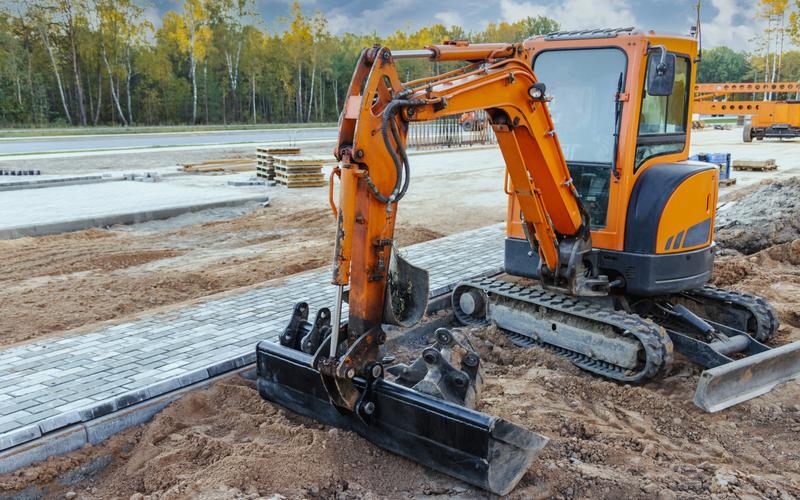
Mini excavator size
When choosing the size of the mini excavator you need for your project, you must consider what tasks you expect it to perform. It should fit in your work area and be easy to transport from the dealer to the job site.
Additionally, these are the factors you need to consider to find the best size of mini excavator for your project:
Operating weight
The operating weight of a mini excavator is often used to determine its lifting capacity, which includes the radius and height of the lift.
This factor can also dictate the pressure that the mini excavator will exert and how powerful it will be its impact on the ground.
Dig depth
The digging depth of a machine indicates how deep it can dig into the ground.
Reach
Reach measures how far the excavator can reach ground level.
Dump height
Dump height refers to the maximum height the mini excavator can lift and dump a load of materials.
Bucket breakout force
Bucket breakout force is the maximum force that is exerted through the bucket. A mini excavator with a higher breakout force will give the machine more capacity to dig and lift.
Dimensions
The dimensions of a mini excavator are essential to consider to determine if it will be able to fit your workspace or how you are going to transport it to the job site.
A larger mini excavator often requires a driver with a commercial license to transport, while a smaller mini excavator can be lifted on a pickup truck.
Swing
The swing refers to the amount of space the mini excavator needs to move around without hitting anything. Look closely at the boom and tail swing if you are working on a small area.
Best Uses For Different Mini Excavator Sizes
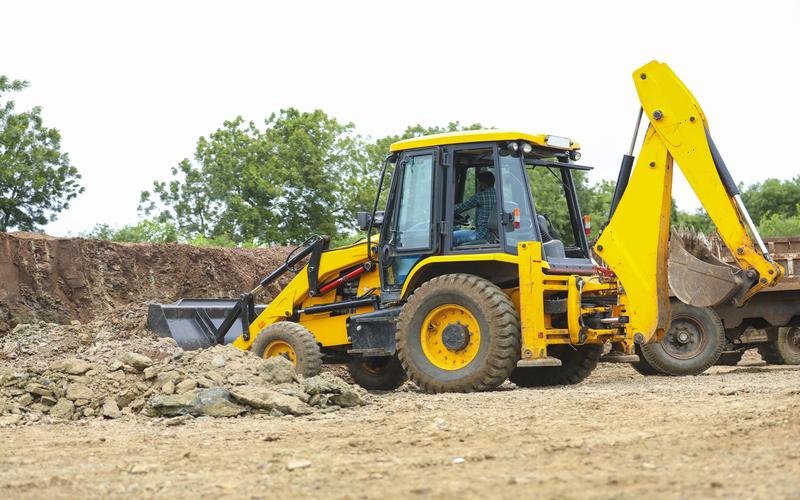
Mini excavator uses per size
There is no standard classification for the mini excavator sizes, and you might see some overlaps between the sizes. However, it is still essential for you to know the weight of the mini excavator you will need.
Mini excavator size – 1 to 2 tons
This is the smallest mini excavator size available and works best for tight spaces, including planting small trees, light demolitions, digging trenches, and indoor work. These mini excavators are easily transported through a trailer or a pickup truck. They are also light enough not to damage sensitive job sites.
A 2,000 pounds mini excavator, also called a micro excavator, can dig up to 6 feet deep. This is the perfect size for digging grounds close to a structure.
It would be better to opt for a bigger mini excavator size for slightly bigger jobs.
Mini excavator size – 3 to 5 tons
Mini excavators within 3-ton to 5-ton are usually the most versatile for many projects. Their fully functional build makes it easier to handle several applications, including leveling the driveway, digging the ground for a hot tub, and removing stumps.
This is a good size for job sites that need to do better with their bigger counterparts. It comes with easy-to-use attachments that you can always interchange with depending on the nature of the task.
If you need more than what this mini excavator size can offer, you can opt for a 6,000 pound machine with up to 8.5 feet of digging depth. Those with a dig depth of over 10 feet without a tail swing are perfect for smaller tasks.
Mini excavator size – 5 to 10 tons
A 5-ton or 6-ton mini excavator can often do much larger jobs, such as digging a utility trench, installing a swimming pool, and demolition. Usually, the machines in this bracket can have a digging depth of 10 to 15 feet.
Although relatively larger, they are still a good option for working in a limited space.
Need the right size mini excavator at a reasonable price? Contact Sjheavy to get a quote from a real manufacturer.


